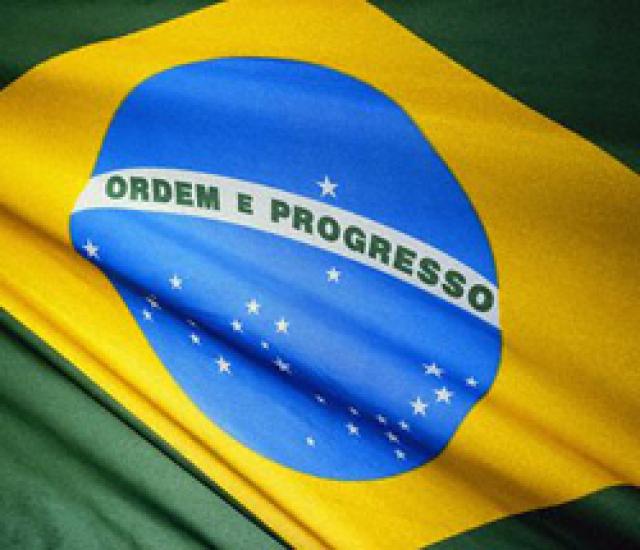Brazil’s finance minister says the country’s attempts to slow of flood of money that entered its economy during the first part of the year appear to be working. Capital controls--in the form of taxes on short-term overseas loans--are bringing dollar-denominated inflows back to normal levels, Brazil finance minister Guido Mantega told the Wall Street Journal and Dow Jones. He predicted that once the U.S. and Europe begin to raise interest rates, the Brazilian real will begin to decline.
“In March, we had a torrent of dollars,” Mantega told Globo News television. “We took tough measures...and we succeeded in stemming the flow. In May it returned to a reasonable level.”
A weaker real will help Brazil’s export companies be more competitive in the global market, by lowering their relative cost.
“It is not the objective to stop capital from coming into the country, but to lean against the wind to make sure it doesn’t come in too fast,” Guilherme da Nobrega, chief economist for Itau Securities, the brokerage unit of Itau BBA, the Brazilian bank, said in an interview.”We are realizing that objective.”
It took many years and massive effort for Brazil to figure out a way to effectively battle the hyper inflation that swept through the country in the ‘70s, ‘80s and early ‘90s. “Once inflation truly becomes entrenched in the economy, it is very difficult to get rid of. After a point, you have inflation because you have inflation.”
At first, Brazil tried to live with the inflation--converting currency into overnight bonds. It tried price controls, as well.
The country’s current economic boom began with stabilization in 1994, which linked prices to the U.S. dollar. Prior to that change, prices changed daily, and it was pretty much impossible to enter into a transaction that didn’t close within three months or so. Even affluent people didn’t bother making larger purchases such as buying a home, because interest rates were too high. The real was allowed to float after 1998.
“It was a wise move. The story of Brazil today is about stabilization, nothing more and nothing less,” da Nobrega says.
The country also benefited from strong banks, strong bank supervision and a sophisticated system of payments that facilitated daily transactions amid surging inflation. “Without that, it wouldn’t have survived,” da Nobrega says.
Now Brazil is moving forward, as a huge middle class emerges. Affluence is spreading across the country, especially in the peripheries of Brazilian cities. BMW said in March it may open a factory in Brazil. It currently operates just one plant in the Americas, in Spartanburg, S.C. While income inequality in Brazil remains among the highest in the world, it also is the only large country where that rate is coming down. About 32 million Brazilians entered the middle class over the last five years, according to Itau BBA.
Brazil’s economic profile is unique among emerging markets. Brazil is driven by a powerful domestic consumer sector, which accounts for 65 percent of GDP, according to da Nobrega. That sets it apart from most emerging markets, from Japan and South Korean and China, which have used cheap manufacturing power as a springboard to broader development.
“Brazil is a reliable source of demand. If you want to sell something, you will find a buyer in Brazil,” da Nobrega says.
Investment is flowing into many markets where Brazil is playing catch up, including infrastructure and housing, according to da Nobrega. The development of roads, bridges and other pieces of infrastructure will require $1 trillion of investment over the next 10 years, he says.
There’s also “a huge interest in private education. Last year, Pearson, the owner of the Financial Times, bought Brazilian education company SEB for $498 million. Its “learning systems” are used by nearly half a million primary and secondary school students. Home ownership remains in its infancy, too. Housing accounts for only about 3 or 4 percent of the economy, compared with 60 to 80 percent in many developed countries.
Brazil has no shorted of natural resources, as the success of iron ore miner Vale shows. But it’s the consumer sector that accounts for the bulk of Brazil’s growth, which is typically in the 5 percent range.
“For the time being, exporters will have a challenge in Brazil, because the price of the currency is high,” he says.






